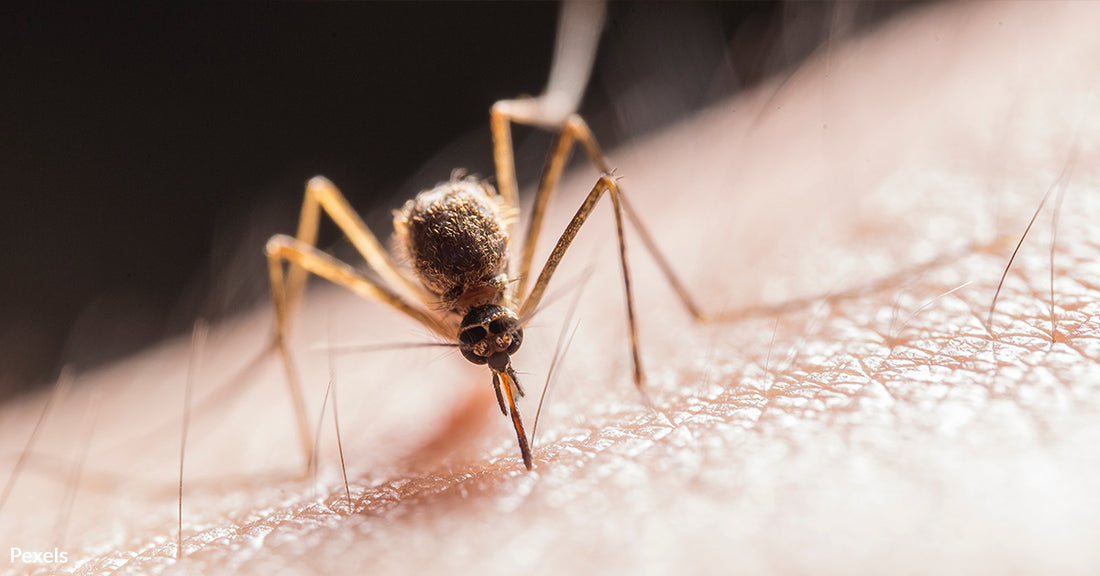Malaria Has Resurfaced in the United States — Here's What You Need To Know About Its Causes, Spread and Prevention
Matthew Russell
Malaria, a life-threatening disease caused by a malaria parasite transmitted through mosquito bites, has recently reemerged within the United States. While the country has been certified as malaria-free for decades, cases of local transmission have been reported in Florida and Texas, the New York Times reports. As concerns grow, it is crucial to understand the causes of malaria, its spread, and the actions individuals can take to reduce its transmission.
 Photo: Pexels
Photo: PexelsMalaria is a life-threatening disease caused by a parasite.
Understanding Malaria
Malaria is primarily transmitted through the bite of female Anopheles mosquitoes infected with the malaria parasite. The disease presents flu-like symptoms such as fever, chills, headaches, and muscle aches. If left untreated, malaria can lead to severe complications and even death, particularly in vulnerable populations, according to the Mayo Clinic.
While malaria outbreaks were common in the United States in the early 20th century, cases have mostly been attributed to travelers returning from abroad, reports the Centers for Disease Control and Prevention. However, the resurfacing of local transmission cases raises concerns about its reestablishment within the country.
 Photo: Pexels
Photo: PexelsMalaria can cause severe complications and death.
Causes of the Resurgence
The recent cases of local transmission in Florida and Texas highlight the potential risks associated with increased international travel. As international travel is expected to return to pre-pandemic levels, the likelihood of individuals getting infected abroad and subsequently transmitting the disease within their communities also rises, the CDC reports.
Mosquitoes play a critical role in local transmission, biting infected individuals and then transmitting the parasite to others. It is crucial to identify and address the underlying factors that contribute to the reintroduction of malaria to prevent its further spread.
 Photo: Pexels
Photo: PexelsPregnant women and young children are particularly vulnerable to malaria.
Environmental Factors and Climate Change
Studies show that climate change plays a significant role in the prevalence and spread of mosquito-borne diseases like malaria. Rising temperatures and increased rainfall can contribute to mosquito proliferation and their ability to transmit the disease, especially in urban environments Climate change also affects the geographic distribution of diseases and the duration of their transmission seasons. As the climate continues to change, suitable environments for mosquito breeding and the risk of local malaria transmission may increase, necessitating proactive measures.
Actions to Reduce Malaria Transmission
To combat the spread of malaria, it is crucial to adopt preventive measures at individual, community, and governmental levels. Studies show individuals living in malaria-prone areas can reduce the risk of contracting the disease by installing mosquito nets around their beds, using insect repellents, and wearing protective clothing. Proper sanitation and waste management practices can eliminate mosquito breeding sites, such as stagnant water in man-made containers. As the American Mosquito Control Association reports, pesticide treatments in affected areas can also help control mosquito populations. Early detection and prompt treatment are essential, and individuals exhibiting symptoms should seek immediate medical attention.
 Photo: Pexels
Photo: PexelsMosquitoes of the Anopheles genus transmit malaria.
Work on Malaria Vaccines
While there is currently no universal vaccine to prevent malaria, ongoing research aims to develop effective vaccines against the disease. The RTS,S vaccine has shown promising results in reducing severe malaria cases among children in countries with moderate to high transmission, the World Health Organization reports. However, the development of a universal vaccine remains a challenging task that requires further research and collaboration.
The emergence of malaria within the United States highlights the importance of understanding the causes, spread, and prevention of the disease. But, we can work together to reduce the transmission of malaria and protect the health of communities both locally and globally.
Click below to take the pledge and make a difference!

